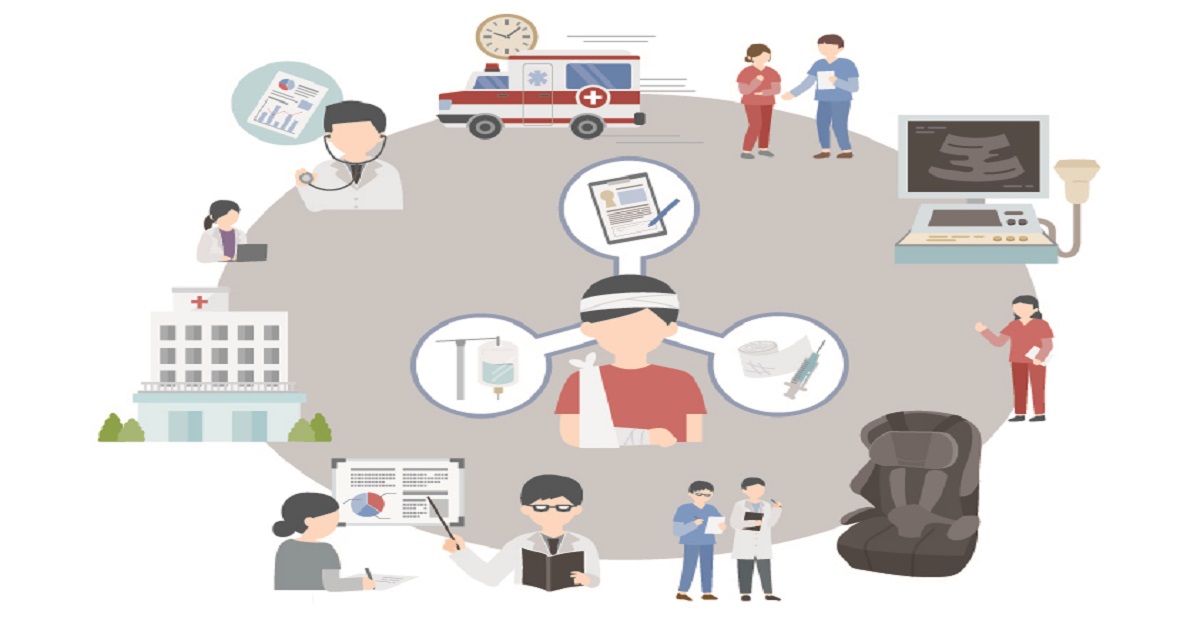Pediatric Injuries: New Insights into Management, Prevention, and Education
A special issue of Children (ISSN 2227-9067). This special issue belongs to the section "Global Pediatric Health".
Deadline for manuscript submissions: closed (25 May 2023) | Viewed by 33815

Special Issue Editors
Interests: pediatric emergency medicine; medical & health profession education; sepsis; kawasaki disease; pediatric trauma care
Special Issue Information
Dear Colleagues,
Trauma is one of the most important causes of morbidity and mortality in the pediatric population. Accurate and timely diagnosis and treatment of trauma are paramount. In order to achieve this, a detailed medical history and physical examination, augmented by appropriate laboratory tests and diagnostic imaging, is necessary. Radiography, computed tomography, and magnetic resonance imaging are used to confirm the diagnosis; however, radiation exposure and the requirement for procedural sedation also make these techniques less than desirable. Several prediction rules have been incorporated into pediatric emergency care, in order to avoid unnecessary diagnostic imaging. In addition, ultrasonography has recently began to play an important role in diagnosing pediatric trauma. Last, but not least, injury prevention and education for trainees are essential segments of pediatric emergency care. For instance, the implementation of the national action plan for child injury prevention in the US has decreased mortality in pediatric trauma patients. The aim and scope of this Special Issue is to broaden the insight into pediatric trauma care. This Special Issue addresses a wide variety of topics that surround pediatric trauma, including pre-hospital care, diagnosis, treatment, prevention, and education . We hope that the research in this issue, which has developed novel innovations and scientific advances, will improve pediatric trauma care.
Dr. Osamu Nomura
Dr. Takaaki Mori
Guest Editors
Manuscript Submission Information
Manuscripts should be submitted online at www.mdpi.com by registering and logging in to this website. Once you are registered, click here to go to the submission form. Manuscripts can be submitted until the deadline. All submissions that pass pre-check are peer-reviewed. Accepted papers will be published continuously in the journal (as soon as accepted) and will be listed together on the special issue website. Research articles, review articles as well as short communications are invited. For planned papers, a title and short abstract (about 250 words) can be sent to the Editorial Office for assessment.
Submitted manuscripts should not have been published previously, nor be under consideration for publication elsewhere (except conference proceedings papers). All manuscripts are thoroughly refereed through a single-blind peer-review process. A guide for authors and other relevant information for submission of manuscripts is available on the Instructions for Authors page. Children is an international peer-reviewed open access monthly journal published by MDPI.
Please visit the Instructions for Authors page before submitting a manuscript. The Article Processing Charge (APC) for publication in this open access journal is 2400 CHF (Swiss Francs). Submitted papers should be well formatted and use good English. Authors may use MDPI's English editing service prior to publication or during author revisions.
Keywords
- pre-hospital care
- pediatric emergency radiology
- pediatric point of care ultrasound
- prediction rule
- physical examination in children
- injury prevention
- training for pediatric trauma care
Benefits of Publishing in a Special Issue
- Ease of navigation: Grouping papers by topic helps scholars navigate broad scope journals more efficiently.
- Greater discoverability: Special Issues support the reach and impact of scientific research. Articles in Special Issues are more discoverable and cited more frequently.
- Expansion of research network: Special Issues facilitate connections among authors, fostering scientific collaborations.
- External promotion: Articles in Special Issues are often promoted through the journal's social media, increasing their visibility.
- Reprint: MDPI Books provides the opportunity to republish successful Special Issues in book format, both online and in print.
Further information on MDPI's Special Issue policies can be found here.






